How To Grow A Gryphon Begonia; Make Foliage Your Color Focus
Gryphon Begonia is a beautiful and astounding plant. Veining in the variegated foliage has multiple colors. Tall orange stems are topped with gorgeous serrated variegated leaves – absolutely breathtaking. This plant does not have a noticeable flower and I do not care because the leaves are the show. Above you see their attractive variegated display.
The top of the Gryphon begonia is a unique 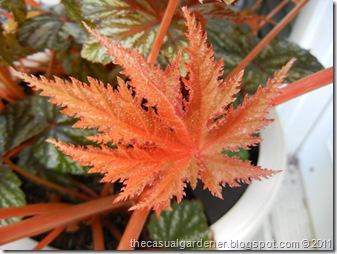 mixture of white and green, with the stem and under leaf being a delicious deep pumpkin color. New leaves (see photo at right) are pumpkinish in tone and are a sight all by themselves.
mixture of white and green, with the stem and under leaf being a delicious deep pumpkin color. New leaves (see photo at right) are pumpkinish in tone and are a sight all by themselves.
Truly beautiful. More than one photographer stopped at my garden this season to take photos of the remarkable leaf structure.
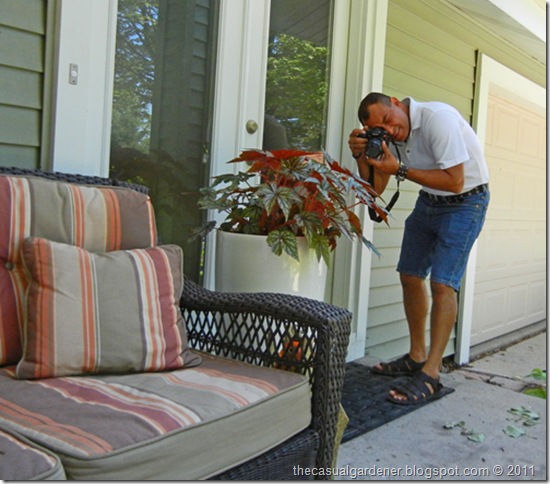
HOW TO GROW A GRYPHON BEGONIA PLANT –
- Purchase a Gryphon Begonia. Obtain a Gryphon Begonia plant at a local nursery, then find a shade to part-shade location to plant your baby.
- Dig a Large Hole. Gryphon’s prefer containers and for some reason get much larger and more leafy in a container. However, you can plant the plant in the ground as well. Plant the Gryphon Begonia in a container or garden bed. Dig a hole twice the size of the plant’s root ball. Gently covering the roots with soil once the root ball is in the ground. Soil which is well drained and well-amended with compost or rotted manure will increase the success of the leafing display.
- Mulch your Gryphon. Mulching is important as your plant needs consistent water and moisture. Mulch evenly around the base of the plant.
- Feed the Roots Organically. Feed your gryphon begonia with an organic fertilizer such as Espoma Flower Tone every two weeks. This will help it become a larger more florific plant. I added manure at the beginning of the season and did NOTHING related to fertilizing the rest of the season.
Below you see Gryphon Begonia mixed in with other plants for my Fairy Garden Built from Stumps and Pallets. We used Coleus ‘Kong’, Begonia ‘Gryphon’, Sweet Potato Vine ‘Blackie’, Impatiens, and Spider Plant.
Grow a Begonia ‘Gryphon’ this season. You will be happy with the results of this hardy and tough-as-nails annual plant as the beautiful leaf structure is a gorgeous accompaniment to almost any flower or great on its own.
Special Note – Because the FTC requires it, I am letting you know that Ball Horticultural supplied the annual plants grown in this garden. I write many instructional stories and videos with their flower and vegetable products and donate a large portion of the vegetables I grow to the local food pantry when harvested.

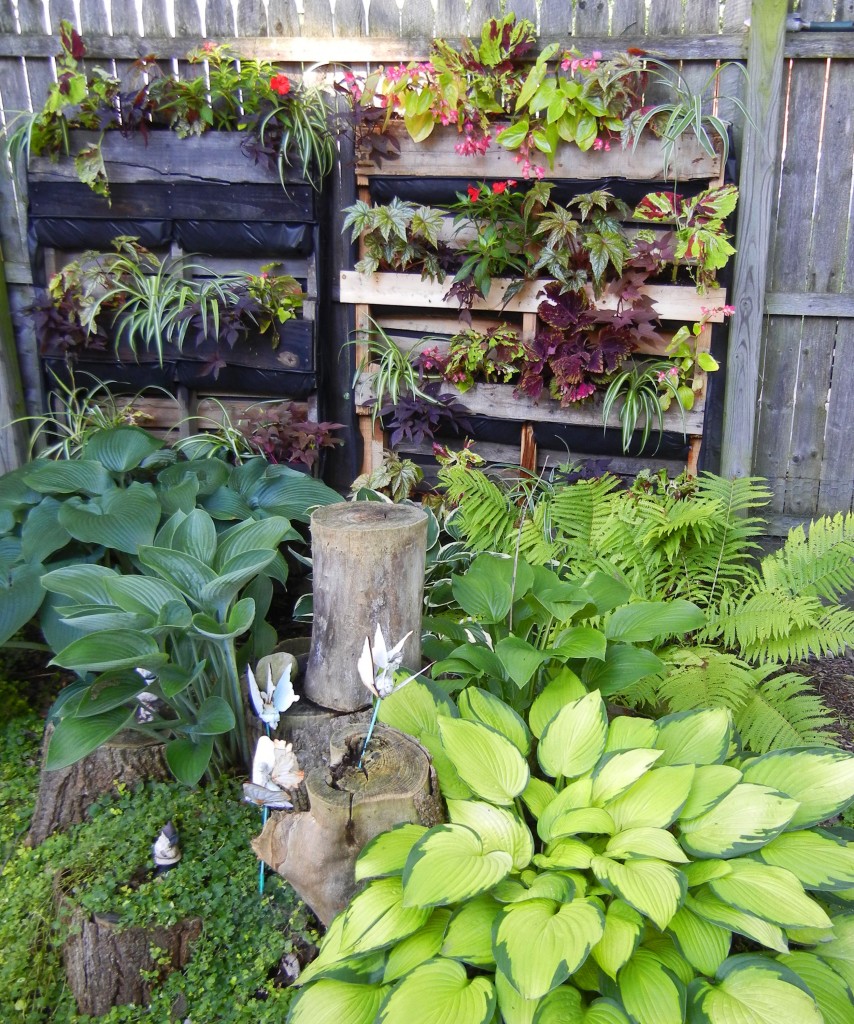
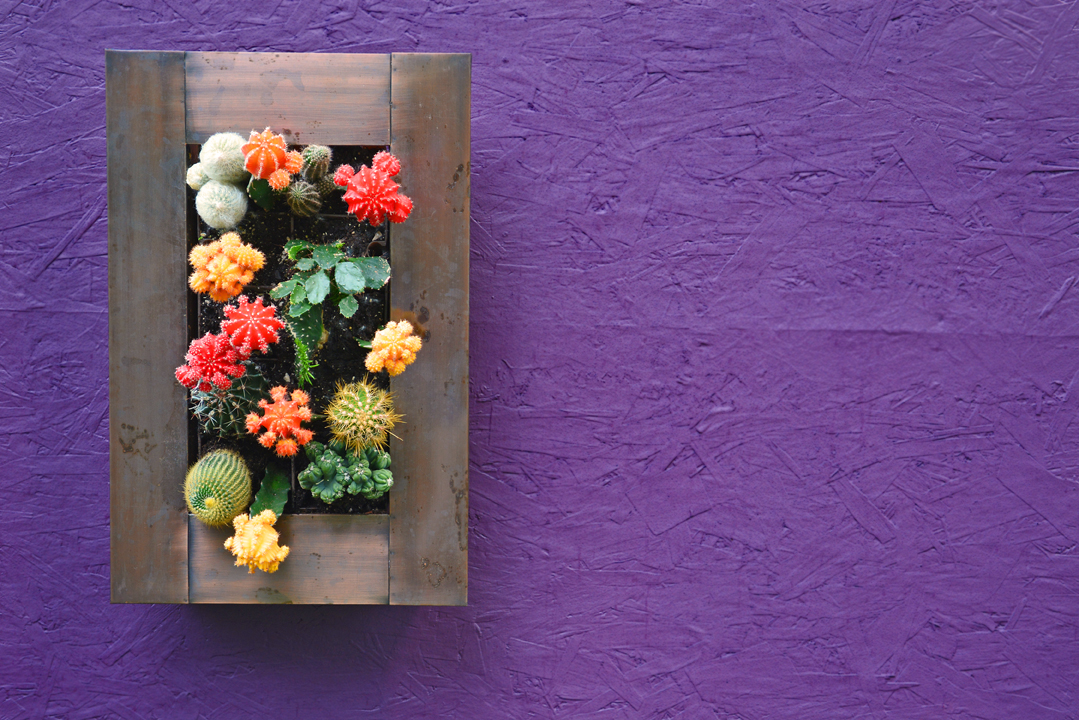
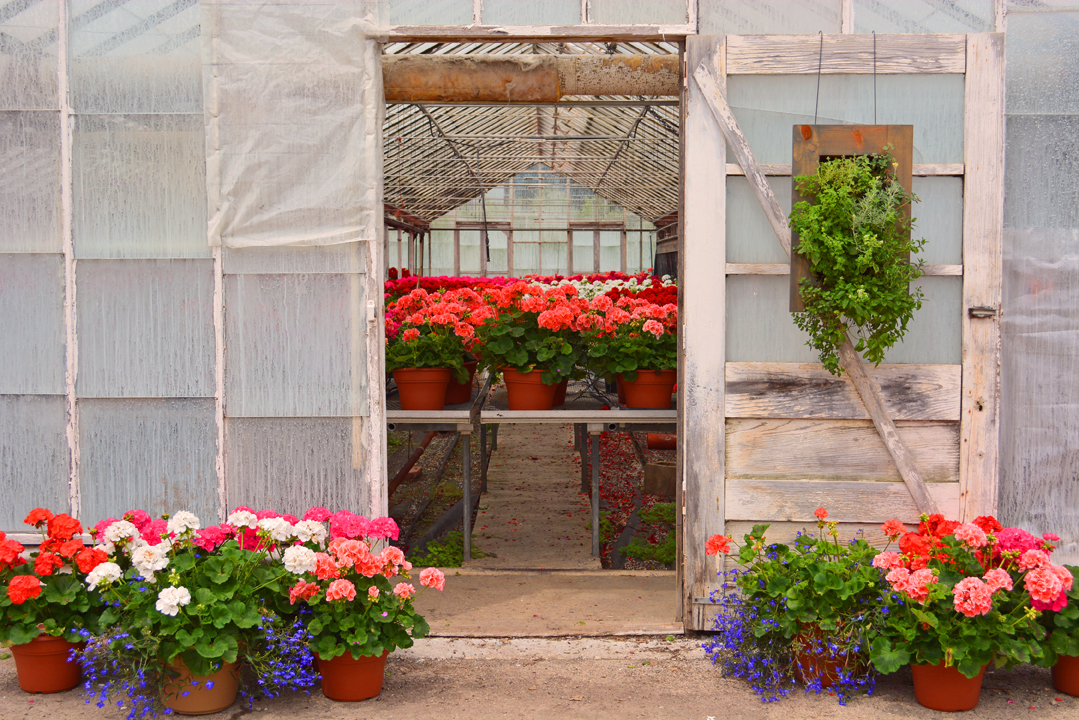
The grasses should be provided with the essential nutrients since these cannot be provided by the soil in all seasons of the year. Therefore, you are required to apply proper fertilisers as per its requirements in different seasons. This is one of the ways of maintaining the health of your lawn and New Lawn.
A friend we visited several years ago had a beautiful
flower garden. He gave me a plant from a begonia which
I don’t recall hte name. I planted it where it got too much sun and was dying back, so I moved it to the
base of a tree and thought it had died. Recently I found it had survived and has huge all green leaves on it bigger than my hand. It is such a beautiful and unusual begonia, after checking all begonias on the web it appears to be a type of gryphon, but has solid
green leaves on it. The friend has passed away, so I
can get no info on it. Can you help me? Sure would appreciate it.
I do not have an answer for you on the plant. However, I do recommend you go to the American Begonia Society and ask them. Surely they will know!
Follow the link – http://www.begonias.org/Articles/Vol66/BegoniaKaleidoscopes2.htm
Best,
Shawna